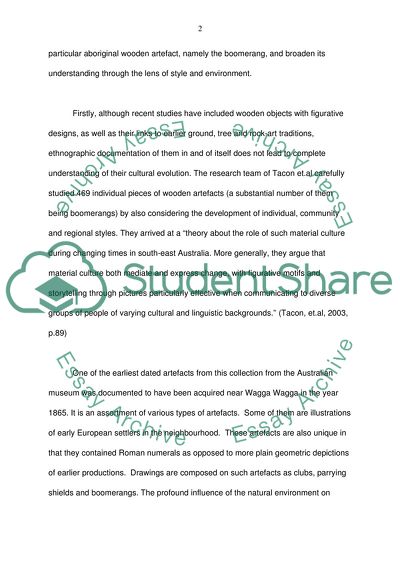Cite this document
(Aboriginal Wooden Artefact - the Boomerang, Its Understanding through Assignment - 1, n.d.)
Aboriginal Wooden Artefact - the Boomerang, Its Understanding through Assignment - 1. https://studentshare.org/visual-arts-film-studies/1754604-narrative
Aboriginal Wooden Artefact - the Boomerang, Its Understanding through Assignment - 1. https://studentshare.org/visual-arts-film-studies/1754604-narrative
(Aboriginal Wooden Artefact - the Boomerang, Its Understanding through Assignment - 1)
Aboriginal Wooden Artefact - the Boomerang, Its Understanding through Assignment - 1. https://studentshare.org/visual-arts-film-studies/1754604-narrative.
Aboriginal Wooden Artefact - the Boomerang, Its Understanding through Assignment - 1. https://studentshare.org/visual-arts-film-studies/1754604-narrative.
“Aboriginal Wooden Artefact - the Boomerang, Its Understanding through Assignment - 1”. https://studentshare.org/visual-arts-film-studies/1754604-narrative.


